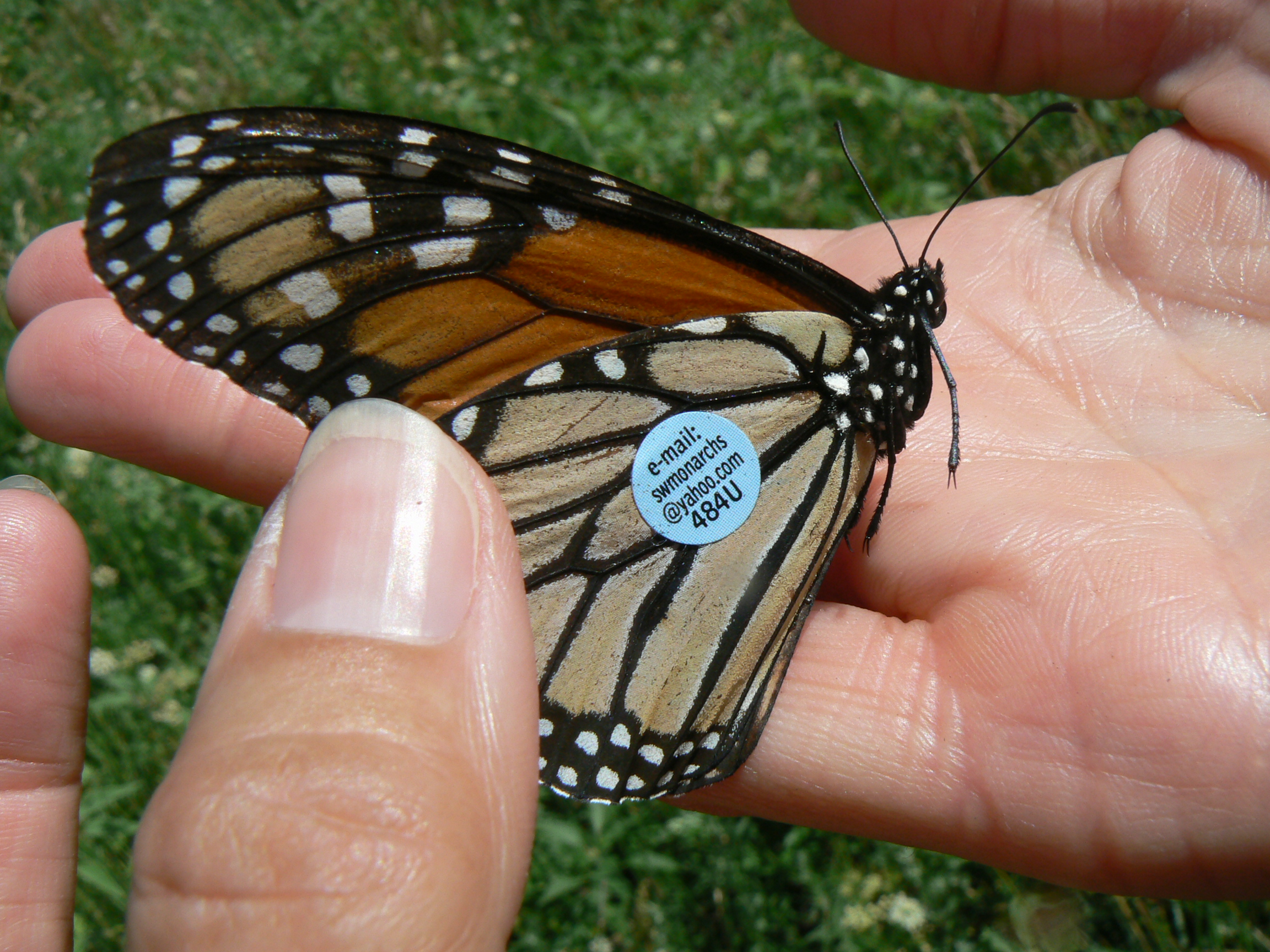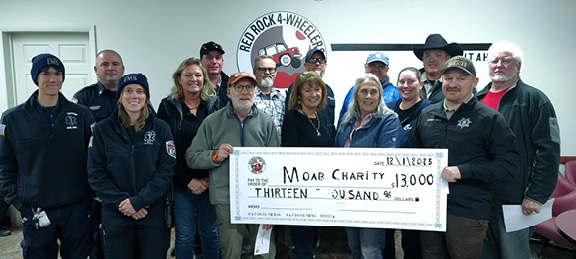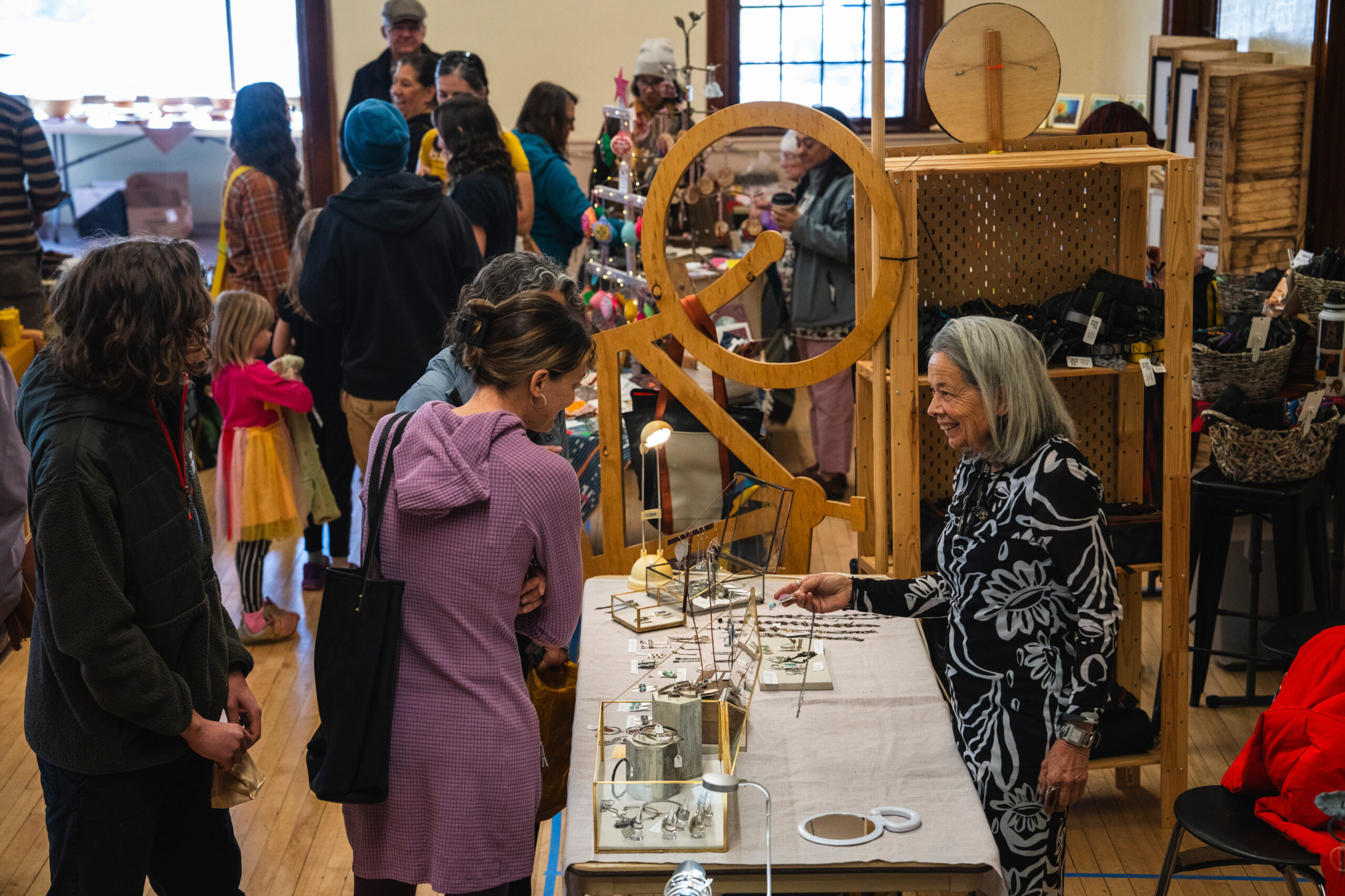Some information may be outdated.
Would you like to see monarch butterflies in your yard?
If so, plant milkweed – it’s the only host plant where the “jewel of the butterfly world” lays its eggs. Planting nectar-filled flowers to fuel the butterflies’ migratory journeys north and south will also increase the likelihood of spotting the monarchs.
The Monarch Butterfly Study, a nonprofit dedicated to research and conservation of the iconic orange and black butterfly is presenting a workshop at the Moab Information Center (MIC), July 18, from 9 to 11 a.m. Monarch Butterfly Study coordinator Gail Morris will share information about monarch biology, migration and conservation efforts, and how people can become “citizen scientists” by helping to collect data in Utah.
“We’ll help identify places and what to look for – different kinds of trees, and flowers,” where people might see the butterflies, Morris said. “We’ll give an overview of the monarch butterfly in the West and what’s happening.”
Morris has been chasing monarch butterflies for the past 10 years. She leaves her Chandler, Ariz. home each summer to look for and tag monarchs around Arizona, and now Utah. The purpose is to learn more about the insects’ migration and habitat.
Butterflies are regularly counted on the California coast during Thanksgiving week, and in Mexico during December. Data collected over many years show the monarch population declining, Morris said.
“Part of understanding why is to see where they are,” Morris said. “Scientists are worried because their numbers are going down.”
Insecticide and herbicide use, as well as global warming are suspected causes of the decreased numbers, she said.
Morris will explain where best to spot the butterflies and, for those who are interested, tag the monarchs.
“We’ll show people how to catch a monarch – whether with a monarch net or safely with fingers,” by practicing with thin paper similar in width to the delicate wings of a butterfly.
Both the workshop and the tags are free. People can participate at any level – whether that is simply observing a monarch and making note of it, or tagging the butterfly – a task Morris calls “easy.”
After a butterfly has been tagged, it’s called a “recovery” when the butterfly is observed and tagged again at another location – which helps researchers determine its migration path, Morris said.
“We’ve published one paper on the status of monarch butterflies in Arizona,” Morris said. “We would like to see what is happening with migration throughout the southwest.”
Robb Hannawacker tagged monarchs for a couple of years at Grand Canyon National Park, where he was a park service employee before coming to work at Arches National Park in February. He spends his free time learning what kinds of butterflies are in this area.
He started a Butterflies and Moths of Southeast Utah Facebook page where members post photos and sightings of various species.
At the July 18 workshop, Hannawacker will talk about an upcoming butterfly count in the La Sal Mountains on July 23. Participants will meet at the MIC, before convening at the junction of La Sal and Sand Flats roads. From there, people will look for and document their findings within a 7 1/2-mile radius. They will be compiling data for the North American Butterfly Association, Hannawacker said.
Southwest Monarch Study has worked with the Arizona Department of Transportation to help protect monarch butterfly habitat, Morris said. During certain times of the year the transportation department refrains from mowing weeds where milkweed grows.
Monarchs migrate north each spring from their overwintering sites in California and Mexico, and then return to those locations in the fall.
Planting milkweed and nectar plants is important, “to make sure loss of habitat is not the issue,” for declining monarch populations, Morris said. She will provide at the workshop a list of flowers with high nectar content known for drawing butterflies.
Workshop teaches people how to create monarch butterfly habitat
When: Monday, July 18, 9-11 a.m.
Where: Moab Information Center, 25 E. Center St.
Cost: Free
www.swmonarchs.org; info@swmonarchs.org
Appreciate the coverage? Help keep local news alive.
Chip in to support the Moab Sun News.





